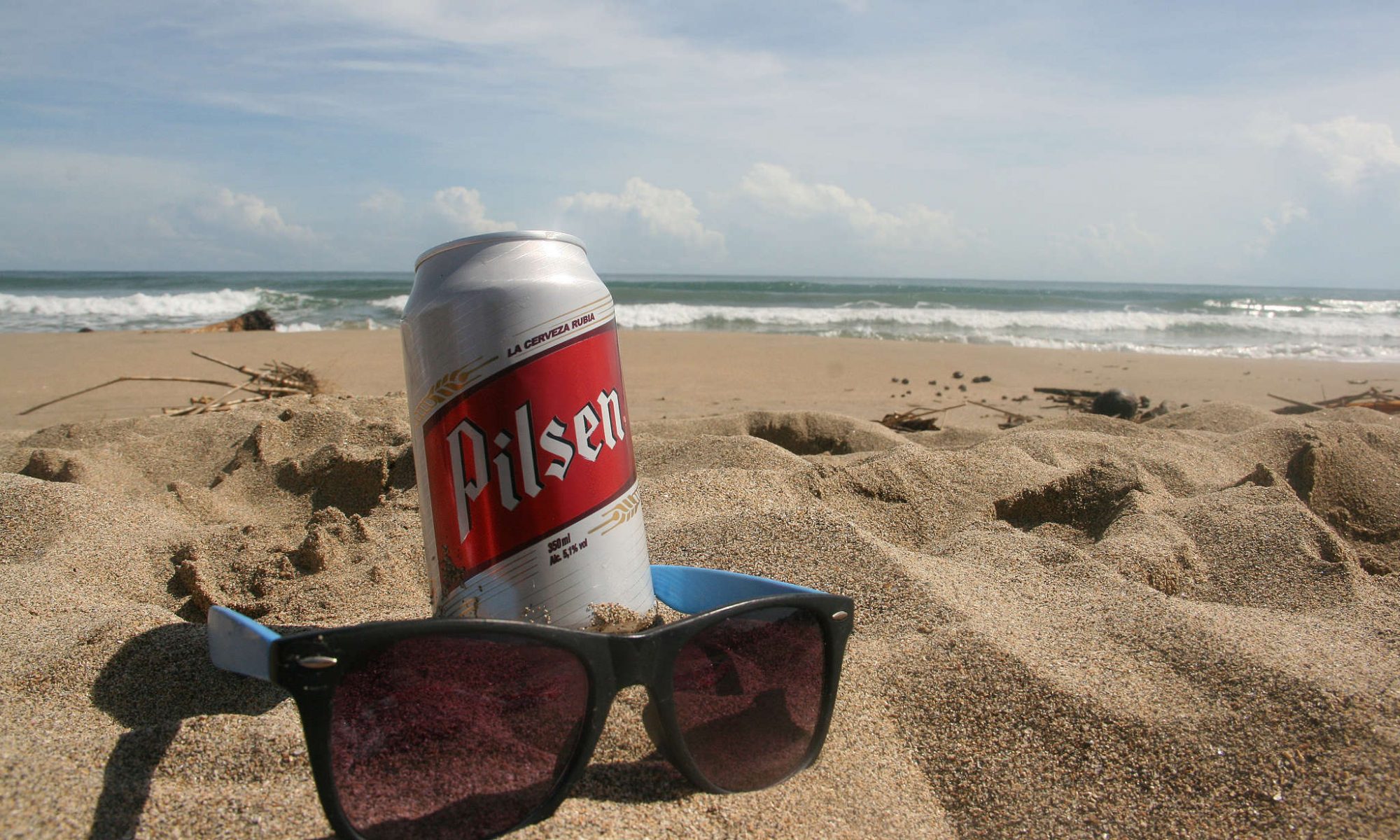The first of my four ‘Capitals of the UK’ blog takes me on a short flight across the Irish Sea to brilliant Belfast (although I booked to go to the wrong airport. I flew into Aldergrove rather than Belfast City which would have been more convenient for my pick up!!
What was once one of the richest cities in the world has gone from the industrial years as producers of the finest linen and, at the other end of the manufacturing spectrum, large ships in the famous Belfast shipyards. Belfast became a lively import and export hub. The times after the great wars were clearly marred and scarred by the horrific and horrendous 30 years of troubles. It is now forging a ‘better Belfast’ where the locals open their arms and their mouths very fast talking – it is difficult to understand them sometimes; a combination of the rapid speech and the accent to provide you with warm hospitality. Belfast captivates and fascinates.

‘Built in Belfast’ refers to the ship building yards. It produced a mind-boggling amount of ships both pre and during the war. One of the world’s most famous ships, RMS Titanic, was built in Belfast (as they say, ‘It was fine when it left here!!’). It’s incredible to think of the numbers associated with the yards. In their heyday some 30,000 people were building including my host’s father. Imagine the noise this would have created as rivets were hit all day long. An interesting fact to back this up; 3 million rivets were used to build the Titanic alone. These slipways are vastly changed as flats, hotels are built on them at an alarming rate. Its other addition, and the one that gives this area its name, is the museum to that famous ship. Isn’t it amazing how one movie can create such a tourist attraction!!! As I’m led to believe this is now one of the busiest tourist attractions in Europe. I didn’t find it that appealing – its cost, and commercialisation of a terrible disaster that happened thousands of miles away wasn’t that interesting. Perhaps a museum to Belfast’s shipbuilding past, celebrating the design and engineering feats may have been more appealing for me, as it wasn’t just the Titanic that was built here. My host’s father (my dad’s uncle) helped to build the Canberra.

The port is now a regular cruise ship destination; a record 117 will have stopped here by October this year. 10 years ago there were none. It still has managed to keep Samson and Goliath – iconic, bright and yellow they dominate Belfast’s cityscape. They are not used these days for ship building but for building renewable energy items, like wind turbines. Thankfully they have maintained the H & W letters on them (Harland & Wollf) which alone are 6m in height!

When visiting Belfast you can’t ignore its recent history. Perhaps this is why it makes it the most fascinating of the 4 capitals in my opinion. This terrible part of history finished when I was just 10yrs old (I was also in Belfast for the Good Friday agreement of 1998). I can’t begin to understand any part of it, but after visiting, reading and listening to the tour guides talk about it on every trip, it clearly can’t be ignored and looks like it is going to play a part in its tourist future. The two routes of conflict are religion and being part of the union. Perhaps this also highlights/mirrors some of Britain’s current problems. Belfast provides some monumental landmarks that are worth visiting, eye opening, slightly emotional and incredibly powerful. The peace wall and the murals in particular captivated my attention.

The city centre itself is built around the impressive city hall. A free visit inside is well worth it (that sounds a bit Irish but you know what I mean), and you are greeted by an incredible stairway, walls and ceiling. Around from the city hall lies all the normal shops and restaurants that any city boasts, although the recent fire had burned down one particular store. Anyone who visits Ireland/Northern Ireland will be lured into the many pubs providing good beers and regular music and a unique and lively atmosphere. One of Belfast’s names is ‘heart attack city’. It’s hard to disagree with this after indulging in a number of traditional breakfasts; they really are a heart attack on a plate (thanks 1st cousins once removed).

As I bring my visit here to an end and prepare for my flight home my final walk round takes me to the botanic gardens. I went in search of the Ulster museum, but it didn’t appear to be open. So instead I had a fascinating walk around the gardens admiring the brilliant art work portraying the recycling the city offers and the lack of it in the world in which we live. I found this intriguing and fascinating, and just as powerful as the many murals around the city.

‘Cities are built and rebuilt by people who love what they stand for’. Belfast can never forget its past, but this city has moved on as it leaves behind its famous industrial heritage and terrible troubles. It is forging a new and successful era as visitors are welcomed, with easy access from far and wide. Oh, how the modern means of easy travel and tourism is changing the landscape of the world….
Belfast, Northern Ireland, United Kingdom


Nice!
Thank-you!